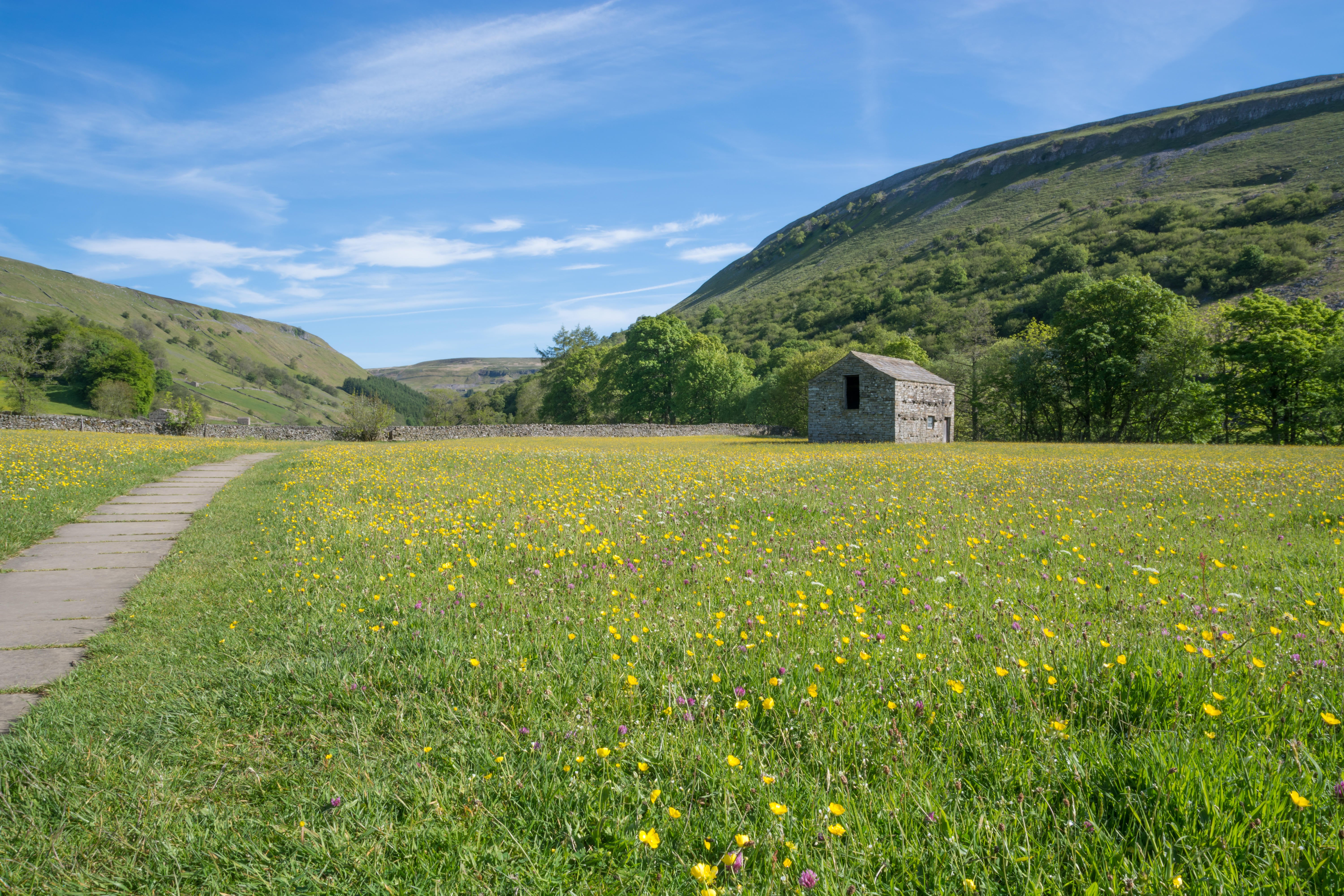
Three quarters of England’s most precious habitats, wildlife and natural features have had no recent assessment to see if they are thriving or struggling, figures show.
Conservationists warned “wildlife could be disappearing in the dark” in response to the figures, which cover assessments of the country’s network of protected natural sites known as Sites of Special Scientific Interest (SSSIs) in the last five years.
The Wildlife and Countryside Link (WCL) coalition of environmental and countryside groups called for the Government to rapidly expand and improve the network of protected sites, and give under-resourced agencies enough money to monitor them, in order to reverse declines in nature.
Sites that have been designated as SSSIs are legally protected for one or more important natural features, including habitats such as woodland or grassland, plant and animal species, important landscapes, and geological formations, with about 4,100 sites designated for 13,500 features.

They cover about 8% of England and form the first building block of the UK’s international commitment to protect 30% of its land and seas for nature by 2030, as well as supporting efforts to meet a legal target to halt declines in species by the end of the decade.
Data obtained through an Environmental Information Regulations (EIR) request, by the PA news agency, show that at the time of their last assessment, nearly two fifths of the important habitats and other features for which SSSIs are protected were in an unfavourable condition.
But the figures from the government conservation agency, Natural England, also show that as of November, only 3,384 – or some 25% – of features had been assessed for their condition since the start of 2019.
That leaves 10,148, or 75%, without an up-to-date assessment of how they are faring.
A regional breakdown shows that in some areas, such as Wessex and the West Midlands, less than a fifth of SSSI features have had an assessment since 2019.
Richard Benwell, chief executive of Wildlife and Countryside Link, said: “These figures are another reminder of how under-resourced our environmental watchdogs are.
“The protected site network is critical natural infrastructure supporting wildlife, health and wellbeing, and a resilient economy.
It's like shutting the door on a new power plant and not visiting for a decade
“But with over three quarters of sites not inspected in the last five years, regulators will have no idea whether they are in good condition and the Government won’t know where it should be targeting its efforts in order to reach critical 2030 targets.”
And he warned: “Wildlife could be disappearing in the dark while ecosystems break down.
“It’s like shutting the door on a new power plant and not visiting for a decade.
“To halt and reverse nature’s decline, Government must rapidly expand and improve the network of protected sites, and give public bodies like Natural England enough money to make sure they’re in good nick.”
The data show 5,234 SSSI features, about 39% of the total, were in an unfavourable state in their last assessment – which could have been well before 2019 – with 10% of those declining, 22% recovering and 7% seeing no change.
Meanwhile, about 40% of features are in a favourable condition, more than a fifth are classed as “not recorded” due to incomplete data, and less 0.5% have been destroyed.
Separate Natural England figures show just a third of the area covered by SSSIs is in a favourable condition (35%), while nearly half (48%) is in an unfavourable but recovering state, 8% is unfavourable with no change, and 10% is unfavourable and declining.
Protected sites are at the heart of our vision for making space for rare habitats and threatened species to thrive
The last government pledged in 2023 to increase the rate of assessments, with a goal to ensure all have an up-to-date condition check by 2028, as part of efforts to improve the state of England’s protected areas.
An Environment Department (Defra) spokesperson said: “Protected sites are at the heart of our vision for making space for rare habitats and threatened species to thrive as well as green spaces for us all to enjoy.
“It’s why this government has wasted no time in establishing a rapid review of our plan to deliver on our legally binding targets for the environment, including measures to improve the condition of protected sites.
“We will deliver a new statutory plan that will help restore our natural environment.”
Officials also said Natural England is developing a long-term, prioritised programme to determine when SSSIs need to be assessed, as well as improving monitoring with remote sensing technology and greater use of data gathered by conservation groups, to help improve their condition.







